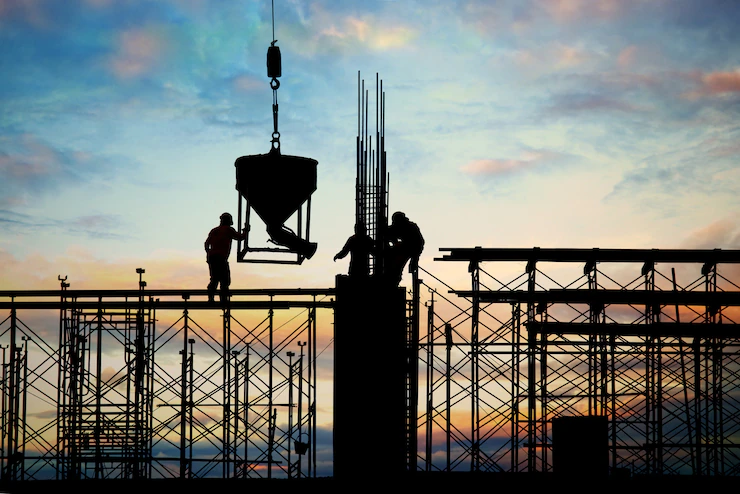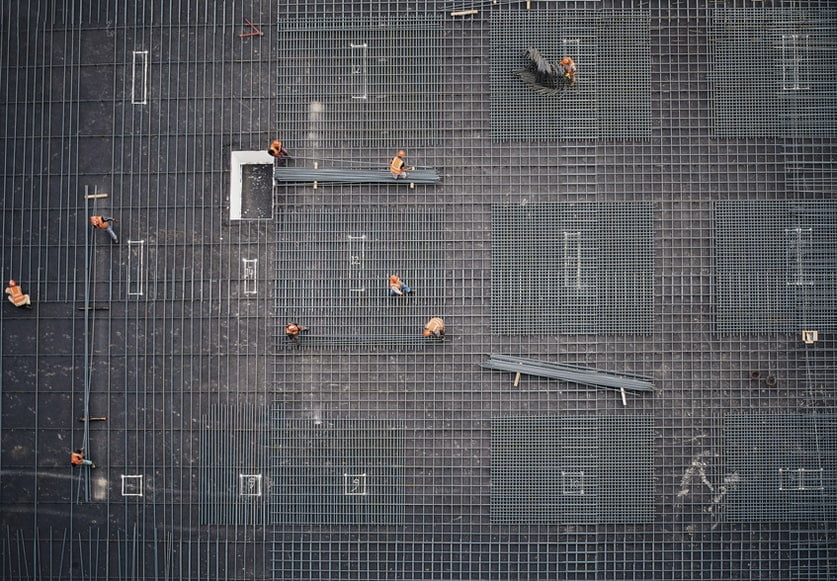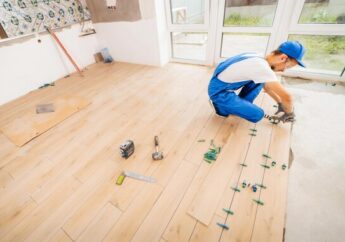Preventing Injury on Construction Sites – Key Tips
by Arnab Dey Real Estate Published on: 12 February 2022 Last Updated on: 14 February 2022

It goes without saying that construction is a dangerous industry – but recent figures indicate a worrying trend for the likelihood of injury on work sites.
In 2019-20, the number of fatal construction injuries increased 22% on the previous year – making construction one of the only sectors to see an increase in a workplace fatality.
They are numerous reasons why this may be the case, but more important is the introduction of measures to help prevent incidents from occurring in the workplace.
The following represent four cornerstones of best practices for workplace health and safety in construction.
What Kind Of Construction Site Injuries May Happen?

One of the essential sectors in any country is Construction. Millions of people are engaged in this profession, providing the communities with safe housing fasciitis.
But do you know the people who provide us safety come across life-threatening risks most of the time?
Yes, construction workers experience several injuries while working on the sites. What are those?
- Vehicle Accidents
- Slips Or Trips
- Ground Collapses
- Electrocutions
- Repetitive motion injuries
- Machinery accidents
- Falls
How To Prevent Injury On Construction Sites?
Construction sites are full of the risks of injuries. In most cases, these injuries are from mild to severe. It brings the construction workers serious health risks. Oftentimes, the accidents in the construction sites lead to the death of the workers.
In order to make the construction projects sustainable and safe, the following injury prevention tactics can be incorporated:
1. Carry Out Risk Assessments
The first and most crucial step in improving workplace health and safety is the administration of risk assessments on-site in order to identify site-specific risks and present effective ways to mitigate them.
Risk assessments are a legal requirement under Management of Health and Safety at Work Regulations, and, though the law does a handy job of defining the outline of best practice, methodologies are more or less left to the employer.
As long as you can exhaustively audit your work sites for potential risks to workers, provide adequate solutions for prevention of injury, and document it well, your site will be legally compliant. Making it quantitively safer will require compliance from fellow workers on the site.
2. Ensure an Organised Work Site

Much preventable care is attributed to slips and trips, hazards that can be avoided by good site management, including the organization of tools and materials.
Ensuring tools are safely returned to a tool chest after use is one effective way to keep your work site organized, effectively eliminating the possibility of inadvertent injury to unused tools – especially sharper items such as chisels and saws. Providing distinct material storage areas can prevent tripping over misplaced construction materials such as wood batons and steel girders.
3. Keep Manual Handling to a Minimum
On any larger-scale construction site, you can expect to find materials of either considerable weight or great volume. Attempting to lift or handle these goods manually is a sure-fire way to invite injury, where crush injuries from dropping objects or long-term back injuries from improper lifting technique.
The movement of materials on-site should be carried out by lifting aids, whether forklifts, trolleys, pulleys, or cranes. In the event that manual handling is unavoidable, a correct lifting technique should be used – lifting with a straight back from the legs.
Adequate Provision of PPE
Personal Protective Equipment, or PPE, plays a crucial role in the prevention of on-site injuries, often being the last line of defense between you and a potential injury.
Safety goggles are a must for destructive processes such as sawing and drilling, as well as for construction involving heavy objects such as girders and concrete slabs; all of these tasks can generate irritant particles, and some present the risk of foreign objects propelled at high velocity.
Steel toe-capped work boots are indispensable for avoiding crush injuries, whether from dropped or falling objects and hi-vis workwear ensures you are detectable on-site even in low-light conditions.
The Final Words
This is how you can prevent injuries on construction sites. If you are someone working on a construction site or know someone who is doing the same, please take steps to protect yourself.
The profession certainly has threats like these, but with proper measures, you can deal with them.
Read Also:







































































































